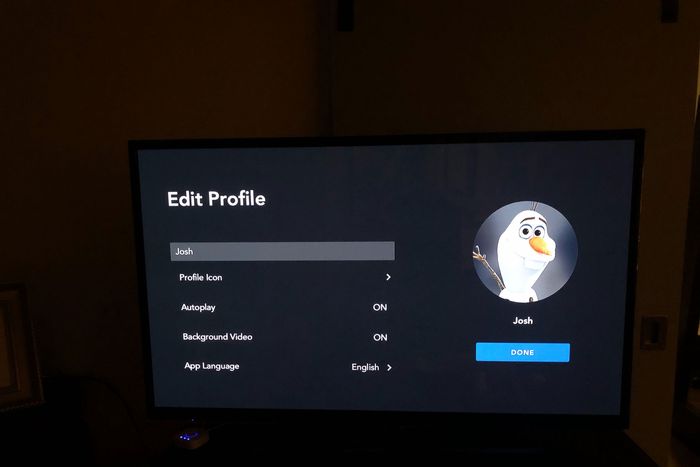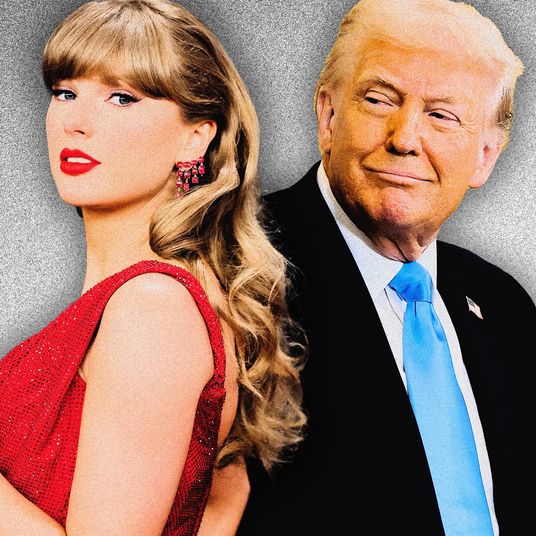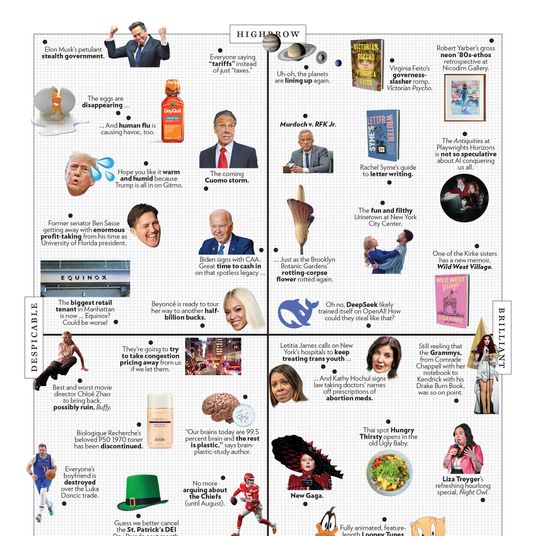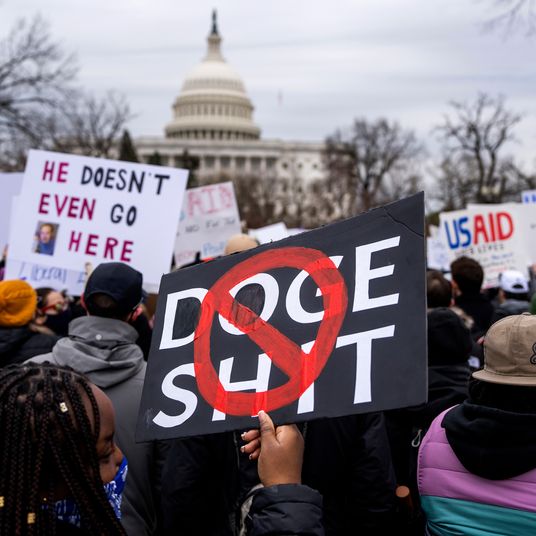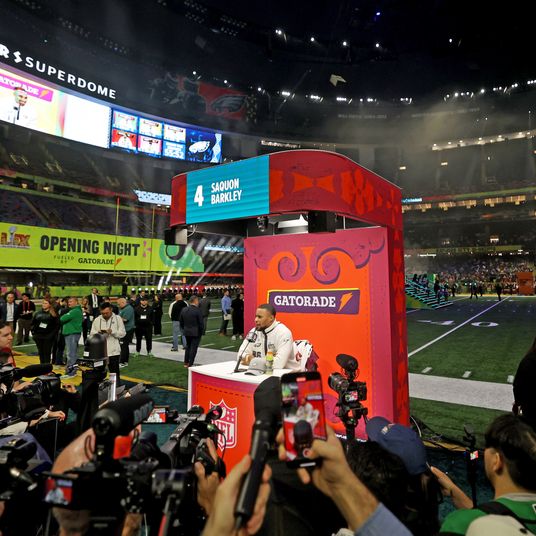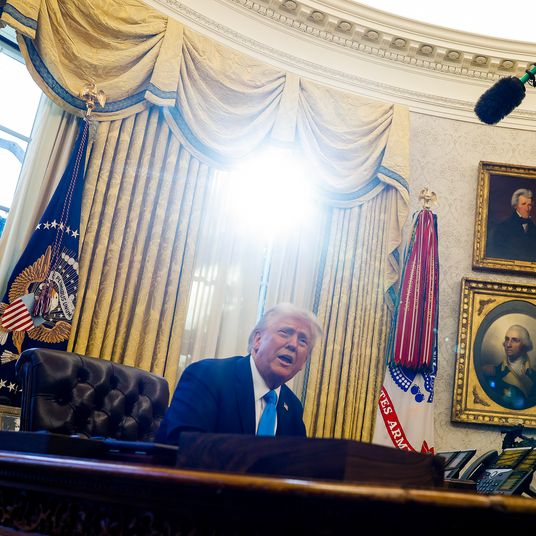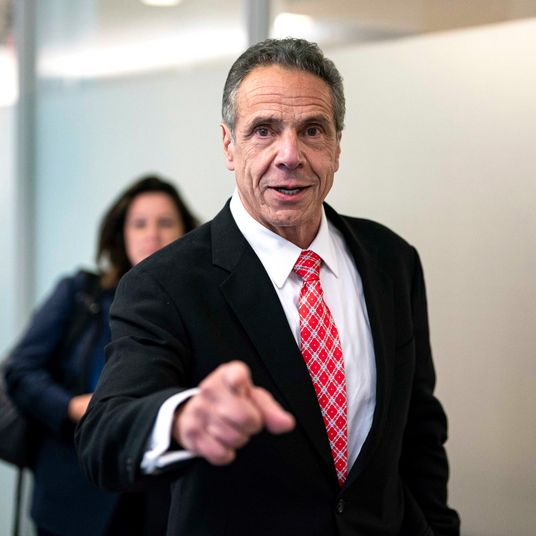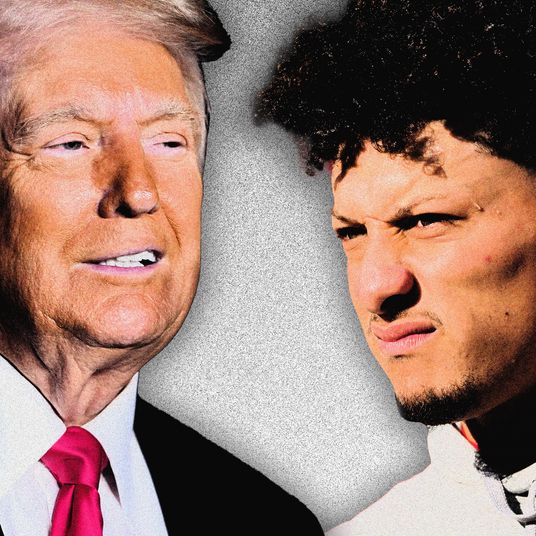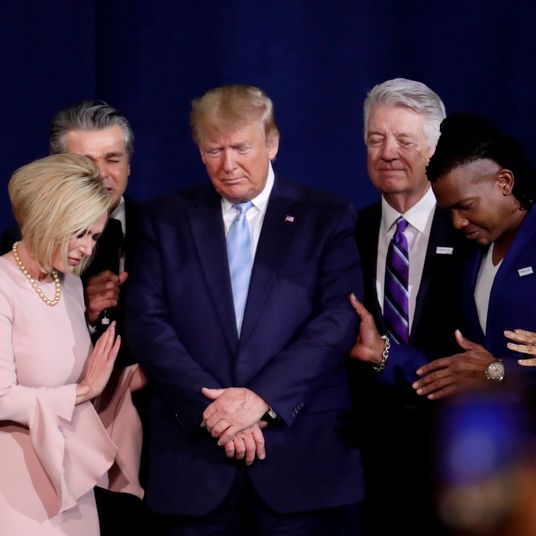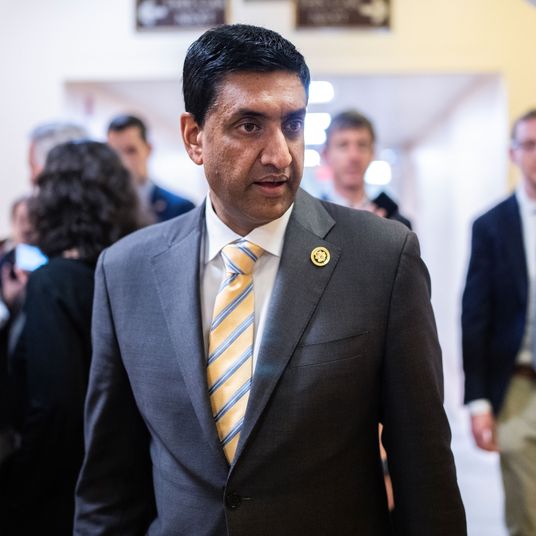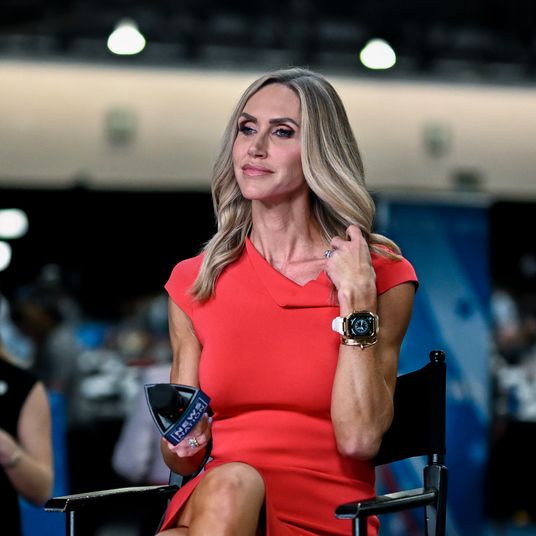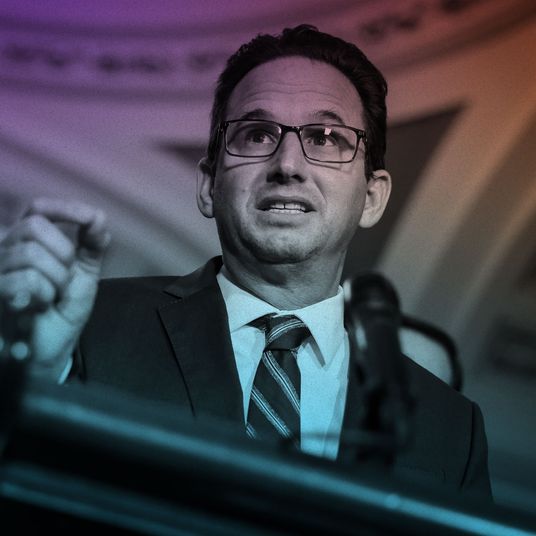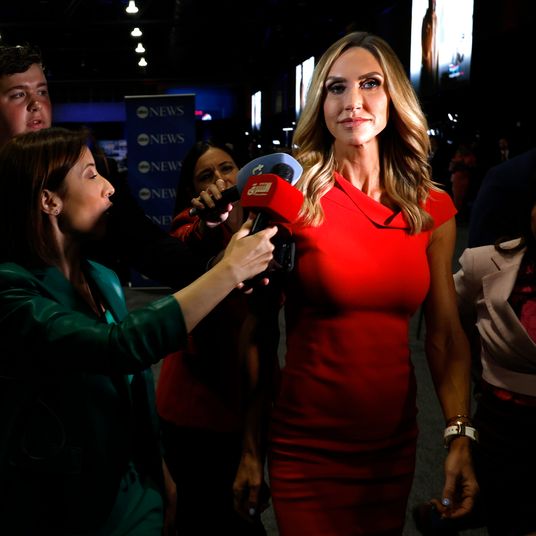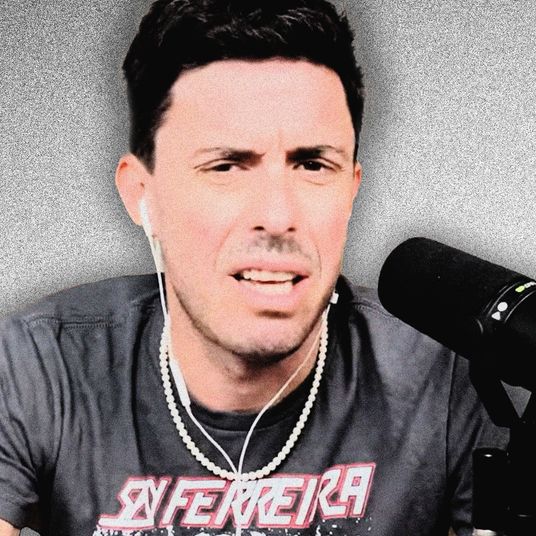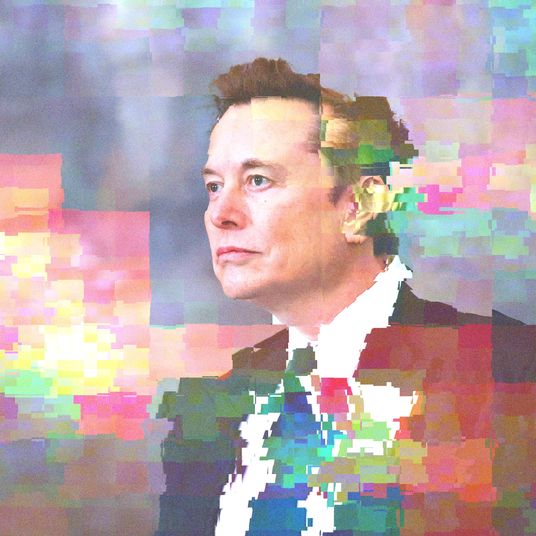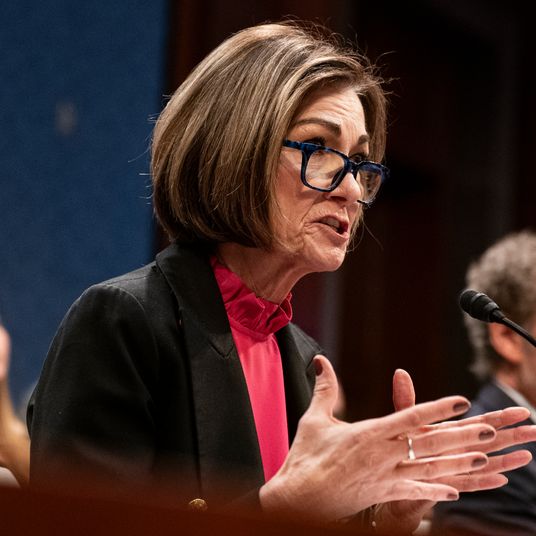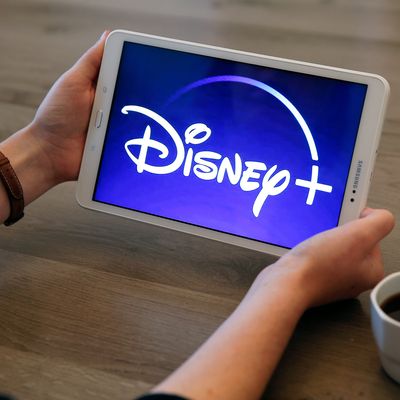
People talk about the rise of streaming services as though we used to get our TV content in one big bundle, and now we buy it in pieces. But of course, cable was never a single bundle. You pay more money and you get more channels, and certain special-interest channel bundles (such as regional sports packages) must be bought separately, often at substantial fees. And though it’s a basic cable channel now, when I was a kid, the Disney Channel was a premium channel that I had to beg my parents to subscribe to separately.
Disney+ is a new continuation of that old strategy.
Disney+, which has signed up an astonishing 10 million subscribers since launching yesterday, is effectively the Walt Disney Company’s third subscription streaming service. Disney owns the ESPN+ service and it controls Hulu through its ownership of a majority stake; Disney will own the entirety of Hulu when it buys out Comcast’s minority share, sometime before 2024. Disney+ content is largely limited to Disney’s iconic, family-friendly entertainment brands, while ESPN+ carries sports and Hulu is a catchall for Disney’s general-interest entertainment programming, plus content from other companies, including Comcast and Fox.
When I look at this fragmentation, I see a future for buying entertainment that may look more like the past than most people are expecting. Much like there were basic cable packages (and still are, of course, but not in my home) there are broad-spectrum streaming news and entertainment packages offering a wide variety of live, linear broadcast channels. Much as you’d get more or less the same channels through Spectrum or DirecTV or RCN, you can now get increasingly similar sets of channel offerings over the internet through services like Sling TV, DirecTV Now, and Hulu Plus Live TV.
And then, much like you would add a sports package or HBO or the Disney Channel to your basic cable, there are and will be add-on streaming services that appeal to particular interests, containing content not available in general-interest streaming packages.
In general, like premium cable tiers, these specialty streaming packages should consist of content some consumers don’t care about much at all, while others are willing to pay for at a substantial price. But the breadth of the internet means that these offerings can be more varied than they ever were on cable: Not just sports and premium movie channels, but also services like BritBox. I pay $2.99 a month for a package of streaming PBS programming, mostly so I can watch archive episodes of Julia Child’s The French Chef. And, of course, there appears to be a lot of room in the market for a Disney-specific service, given that eye-popping new subscriber count for Disney+.
The makeup of the content on Disney+ reflects a competitive advantage Disney has: Disney has fans of its broad corporate umbrella in ways that Comcast-NBCUniversal and WarnerMedia do not, because Disney has a more coherent brand offering. The coherence is reflected in the five brand offerings displayed at the top of the Disney+ landing page: Disney, Pixar, Marvel, Star Wars, and National Geographic. If you care about one of those brands, you’re a good candidate to pay $6.99 a month for the Disney+ service, on top of one or more general-interest streaming services you’re likely already paying for.
Of course, there will always be questions about what programming should be sorted where. The addition of The Simpsons to Disney+ means its removal from Hulu, and that means a reduction in the value of the Hulu package, but not a reduction in the Hulu subscription price. But Disney is offering a bundle of the Hulu, Disney+, and ESPN+ services — a bundle of bundles, if you will — for $12.99 a month, instead of the $17.97 you’d pay to buy all three services separately.
One question is why these should be separate streaming services rather than separate content packages within a single service. Is it user-friendly to make consumers look up on the internet which of the several content packages they bought contains the show they’re intending to watch? It’s likely that we will see that setup evolve over time, and there are already services using the multiple-packages, one-app approach: My PBS package comes through the Amazon app, and so does my HBO package, which reduces the amount of program-hunting I have to do.
Even as I have added on a new service here and there, I’m still saving a little bit of money compared to the traditional cable package I had until this spring. It makes sense that the savings are small: If we’re all going to keep consuming the same content, and the same companies are going to keep making the content and delivering it to our homes, how much could we reasonably expect prices to fall? Someone has to pay the bills.
The main reason I’m preferring my experience as a cord-cutter continues to be user-friendliness: I will never have to hit the “input” button on my remote control again in my life because all the content comes from the internet right into the TV box. Fragmentation into multiple apps somewhat undermines that user-friendly experience, though ease of navigation within the apps somewhat offsets that annoyance. In the long run, I expect better search functionality to break down the walls between apps on our televisions, creating a more seamless experience across the usage of multiple streaming services. That won’t be a lot cheaper than cable, but it should be a lot more pleasant to use.


